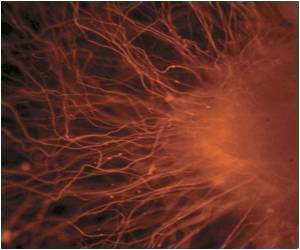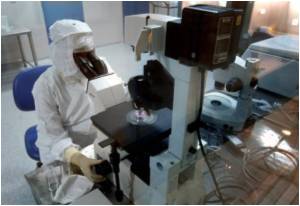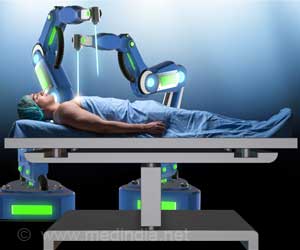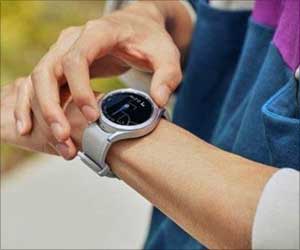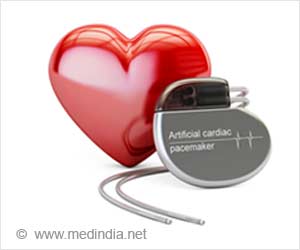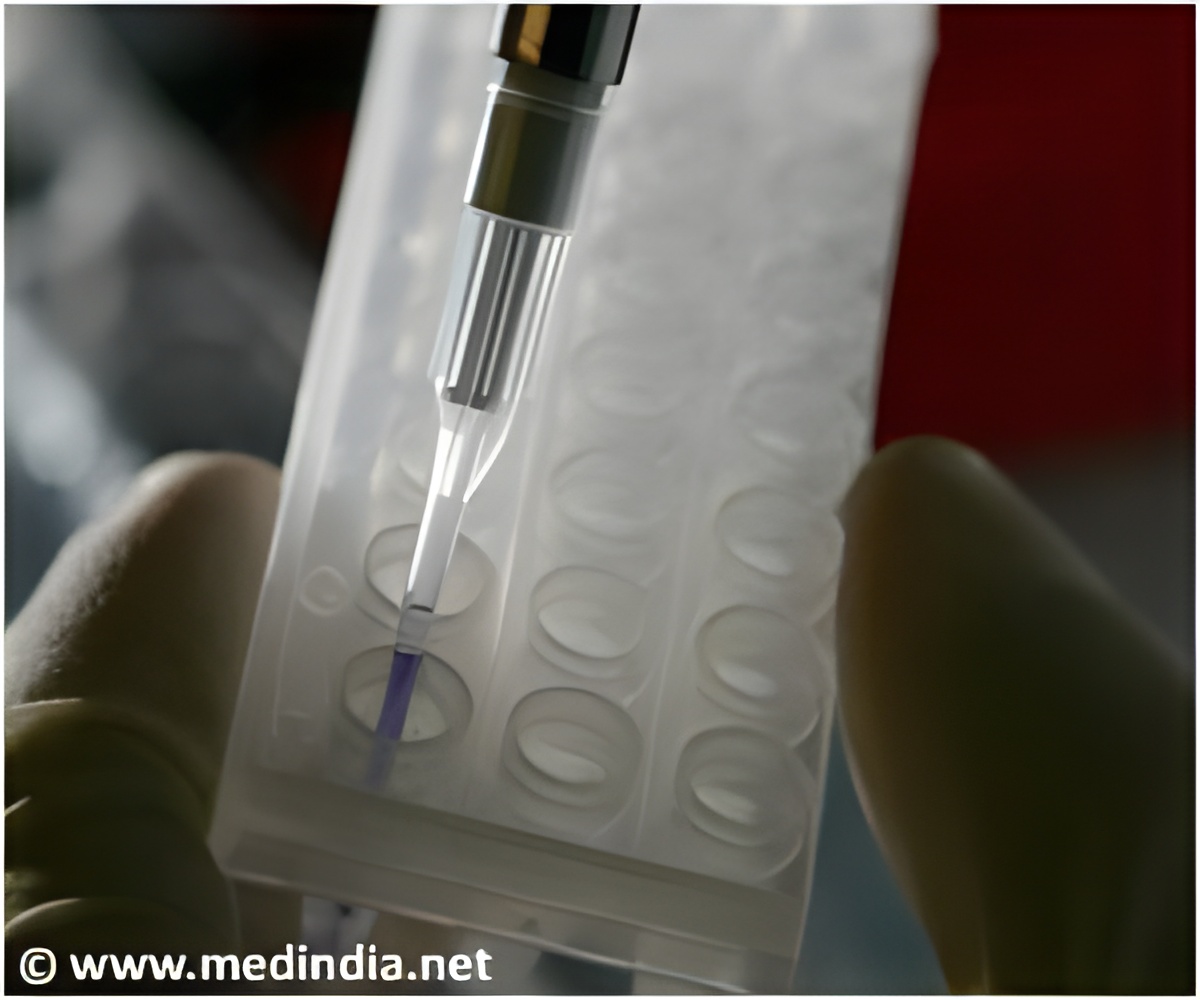
The work by a University of Washington bioengineer produced a chemical trick to make paper-based diagnostics using plain paper, the kind found at office supply stores around the world.
"We wanted to go for the simplest, cheapest starting material, and give it more capability," Daniel Ratner, lead author of the paper, said.
"We also wanted to make the system as independent of the end applications as possible, something any researcher could plug into," he said.
Many paper-based diagnostics are made from nitrocellulose, a sticky membrane used in pregnancy tests and by medical researchers to detect proteins, DNA or antibodies in the human immune system.
Ratner hopes to replace that specialized membrane with cheap, ubiquitous paper, and to use it for any type of medical test - not just the big, biological molecules.
Advertisement
Ratner's group discovered they could dilute the chemical in water, carefully control the acidity, then pour it into a Ziploc bag and add a stack of paper, shake for a couple of hours, and finally rinse the paper and let it dry.
Advertisement
"We want to develop something to not just ask a single question but ask many personal health questions," Ratner said.
"Is there protein in the urine? Is this person diabetic? Do they have malaria or influenza?" he said.
To test their idea, the researchers ran the treated paper through an inkjet printer where the cartridge ink had been replaced with biomolecules, in this case a small sugar called galactose that attaches to human cells.
They printed the biomolecules onto the sticky paper in an invisible pattern. Exposing that paper to fluorescent ricin, a poison that sticks to galactose, showed that the poison was present.
Now that they have proven their concept, Ratner said, they hope other groups will use the paper to develop actual diagnostic tests.
The study has been published in the journal Langmuir.
Source-ANI



